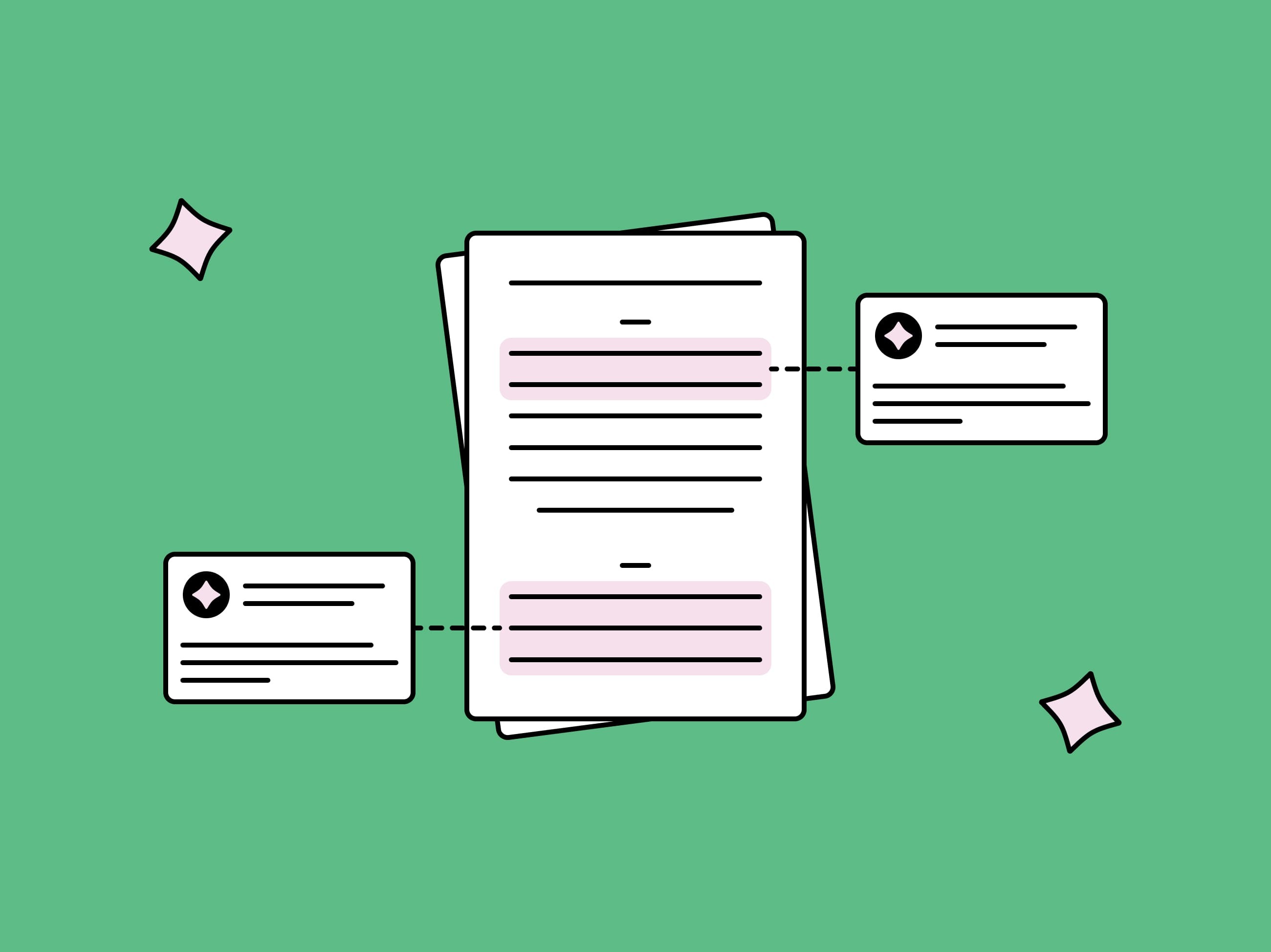TL;DR 📌
In some of our most recent work at Freeport Metrics, we’ve reversed a foundational dynamic of human–AI interaction:
- Instead of humans prompting AI, AI prompts humans in real time
- These prompts arrive mid-conversation, mid-decision, mid-chaos
- And they help the human say the right thing, catch the subtle detail, or avoid the costly mistake
We call this human prompting. And while the phrase sounds simple, it unlocks a very different kind of AI behavior: more coach than assistant, more whisperer than commander.
1. Why We Built It
There are moments when you don’t have time to prompt AI.
You can’t pause a sales call. You can’t rewind a fraud attempt. You don’t have time to type questions into ChatGPT when the stakes are live.
So we flipped the roles.
Instead of you telling the model what to do, the model tells you what you might want to do based on what it’s hearing, seeing, and recognizing in real time.
It’s not intrusive, but always present. Think of it as a second awareness layer, designed to help you act faster, and act better.
2. Human Prompting in Action
Let’s look at two examples from our solutions toolkit.
🎧 Backseat SDR
A real-time copilot for salespeople.
This tool listens to sales calls and surfaces prompts like:
- “You’re overtaking the conversation—let your prospect speak.”
- “Now’s a good time to discuss timelines.”
- “You’ve heard three objections—acknowledge [...] before pitching again.”
It doesn’t take over the call. It just knows what you’re trying to do and helps you get there without missing a step.
🔐 FraudAI Monitor
A frontline fraud detection ally.
This tool listens for risky patterns in conversations:
- “Unusual urgency detected—consider slowing the interaction.”
- “Verify SSN—possible synthetic identity.”
- “Customer likely repeating scripted phrases—may indicate external coaching.”
Again, it doesn’t act. It just quietly points the human in the right direction—the direction they probably would’ve taken, if they’d caught the signal in time.
3. Prompting AI to Prompt Us
Human prompting feels novel, but it comes from something old: intent.
We designed these systems to prompt us because we wanted to be prompted.
We wanted to remember to summarize. We wanted to catch fraud in the moment. We wanted to do it right.
The AI didn’t invent the nudge. It simply surfaced it.
That’s what makes human prompting powerful.
It’s not just an instruction from a machine. It’s a reflection of the intention you might forget or nearly miss in a critical moment.
4. Where It Goes from Here
Human prompting doesn’t belong to sales or fraud alone.
It can assist, empower, and deceive. Sometimes all at once.
Like any tool, it depends on whose hand it’s in.
Here’s where we see it going:
✅ Good Use Cases
Recruiting
Prompting the recruiter mid-interview:
- “Ask about their role in that project—they skimmed it.”
- “They’ve used three vague adjectives in a row. Dig deeper.”
Teaching
During a lecture or tutoring session:
- “Class attention dropping—try a question now.”
- “One student repeated the same confusion twice. Follow up.”
Medicine
During patient intake or triage:
- “No travel history asked yet—might be relevant.”
- “Symptom cluster suggests asking about recent diet.”
Each of these isn’t about AI doing the task.
It’s about AI helping the human do it better at the exact right moment.
❌ Unfair Use Cases
Every interface can be misused. Human prompting is no different.
Cheating in interviews
Tools already exist that suggest answers during live interviews.
AI can help you appear more qualified - or even supply complete answers during interviews.
Social manipulation
Real-time nudges in dating apps, DMs, or other interactions:
“Say this now—it’ll land better.”
Fake expertise
Imagine a doctor, lawyer, or consultant being fed “smart” prompts mid-client conversation - without actually knowing the field.
When the prompt becomes a mask, we’ve crossed a line.
5. No Prompt Needed
With human prompting, AI doesn’t need your explicit instructions.
It already knows what you’re trying to accomplish. Sometimes, it knows how to achieve it even better than you do.
It listens in real time. It notices things you might overlook.
And just before the moment slips away, it taps you on the shoulder - not to take control, not to overstep, but simply to guide your attention precisely where it needs to be.
That’s the essence of human prompting:
An intelligence that doesn’t wait to be asked. It anticipates. It suggests. It helps.
As we integrate more of these systems into everyday work, their purpose won’t be replacing your expertise. It will be sharpening it, accelerating it, and protecting you from small mistakes that lead to bigger consequences.
The best AI won’t compete for control. It will speak at the right moment, clearly enough that you trust it.
Curious what that feels like?
👉 Book a walkthrough and experience firsthand what happens when your tools speak first.






.jpg)
